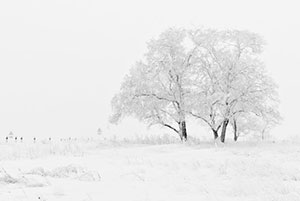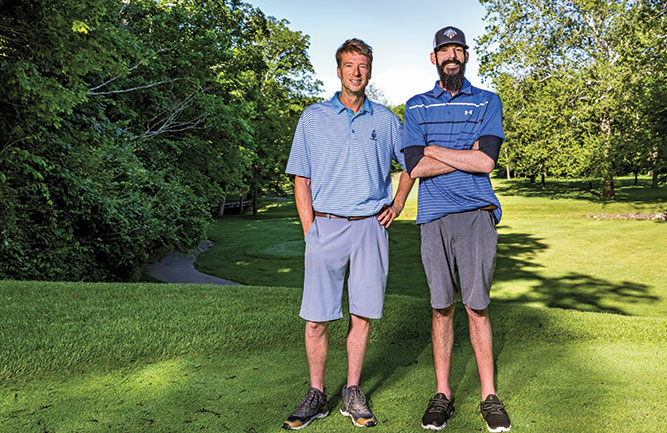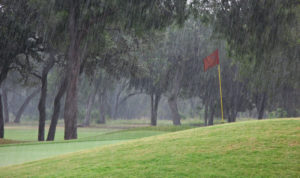How ’bout this weather?
 The long-range seasonal forecast. Like frozen pizza, it’s a great idea in theory, but the execution often leaves so much to be desired. It’s one of those things that you desperately want to believe, but most of the time will only leave you disappointed.
The long-range seasonal forecast. Like frozen pizza, it’s a great idea in theory, but the execution often leaves so much to be desired. It’s one of those things that you desperately want to believe, but most of the time will only leave you disappointed.
I’ve recently seen several items in both conventional and social media outlets concerning the winter forecasts that have been released in recent weeks and, of course, in true media fashion, most of the attention has focused on the forecasts, namely The Old Farmer’s Almanac, that have predicted another brutal winter for much of the country. The fact is many of these forecasts end up being wrong.
Seasonal forecasting months in advance is incredibly difficult. Not only are there infinite variables and reams of data that need to be considered in and of themselves, but the interaction of these variables and the likelihood of them changing before and during the forecast period also needs to be analyzed. If you’ve ever read a National Weather Service (NWS) Prognostic Discussion for Long-Lead Seasonal Forecasts (and who hasn’t), you know what I mean. The acronyms alone are enough to blow your mind let alone actually trying to understand the systems and processes they represent.
It seems the prevailing opinion is that NWS gets it right about half the time, which isn’t too bad when you consider their methodology. Their seasonal forecasts essentially come down to establishing probabilities that temperatures and precipitation will basically fall into one of three ranges: below normal, normal and above normal. If their correct forecasts were merely the result of random chance, then you would expect them to be correct about a third of the time.
There are also several private meteorology companies that issue long-range seasonal forecasts to their clients and claim accuracies much higher than NWS. It would stand to reason that there must be some validity to these claims, otherwise people wouldn’t continue to pay for their services.
However, several studies have shown The Old Farmer’s Almanac claims of 80 percent accuracy to be significantly overstated. Admittedly, they nailed the bitter cold and above-average snowfall experienced throughout the country last winter, while the NWS 2014 winter forecast was a complete whiff. However, their wildly incorrect predictions for a scorching summer for most of the country brought them back to earth quickly.
In case you don’t know, The Old Farmer’s Almanac forecasting method, like most solid science, is based on a “secret formula” (their words — I’m not trying to make a joke) developed by Robert B. Thomas, the founder of the publication, in 1792. The formula is locked in a black box at their headquarters in New Hampshire. Again, I’m not making a joke — there’s a picture of the actual black box on their website. Fortunately, for the good people at TOFA there have been absolutely zero advances in science and technology over the last 220 years, so the formula is clearly still valid. I’m willing to bet that the box actually contains the first ever Magic 8 Ball.
While they state that they have incorporated modern technology and scientific knowledge into their prediction process, their methodology is still unclear. But in fairness, private meteorology companies also use proprietary methods that aren’t divulged.
So, what about their claims of another brutal winter? Common sense alone would tell you the likelihood of two record-breaking winters in a row is pretty low and several more scientific forecasts are suggesting this will not be a repeat of last year. Then again, who knows? If there’s one certainty when it comes to weather, it’s that nothing is certain until it actually happens.
But if I had to put money on it, I’d say “all signs point to no.”
Photo: publicdomainpictures.net










